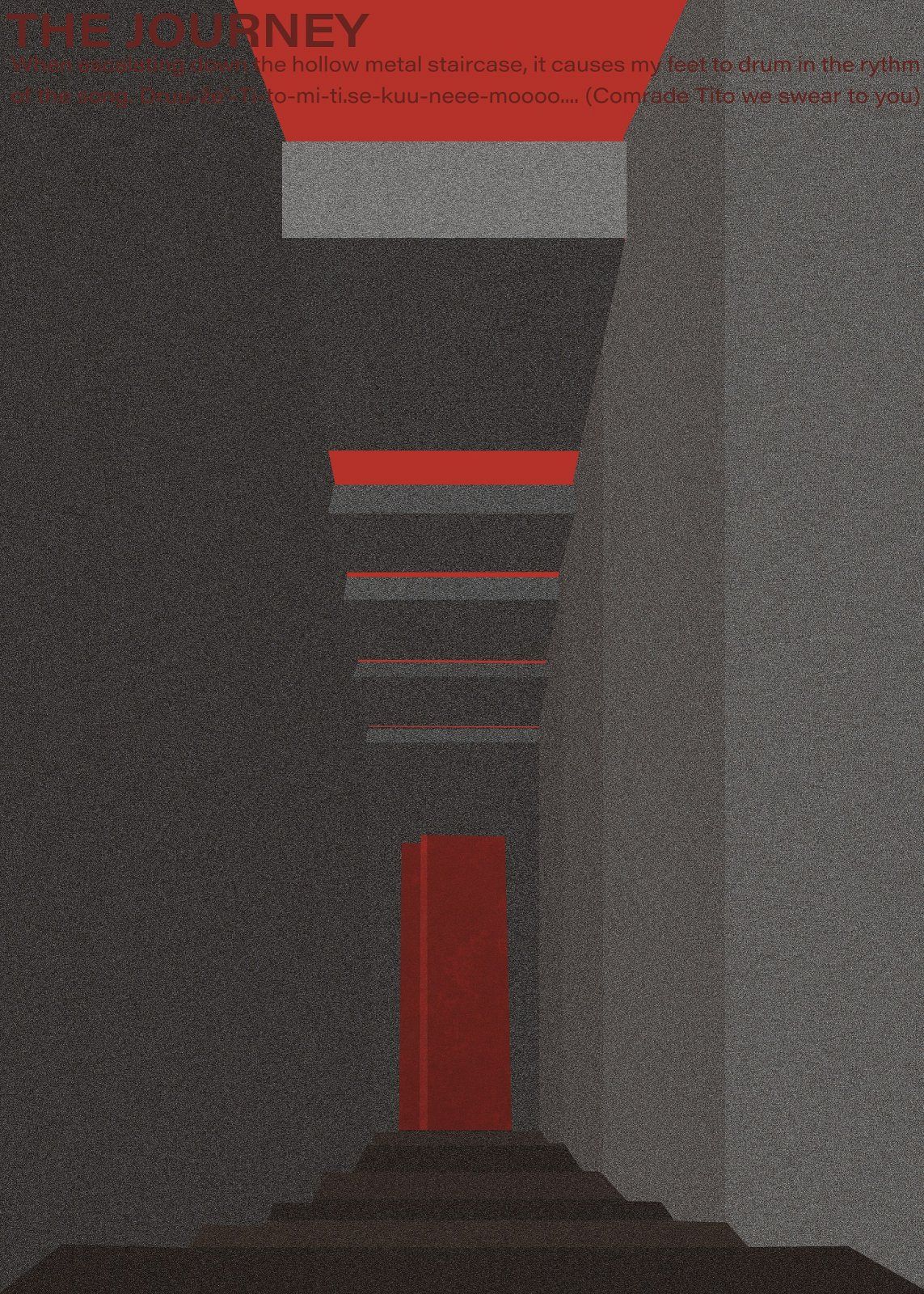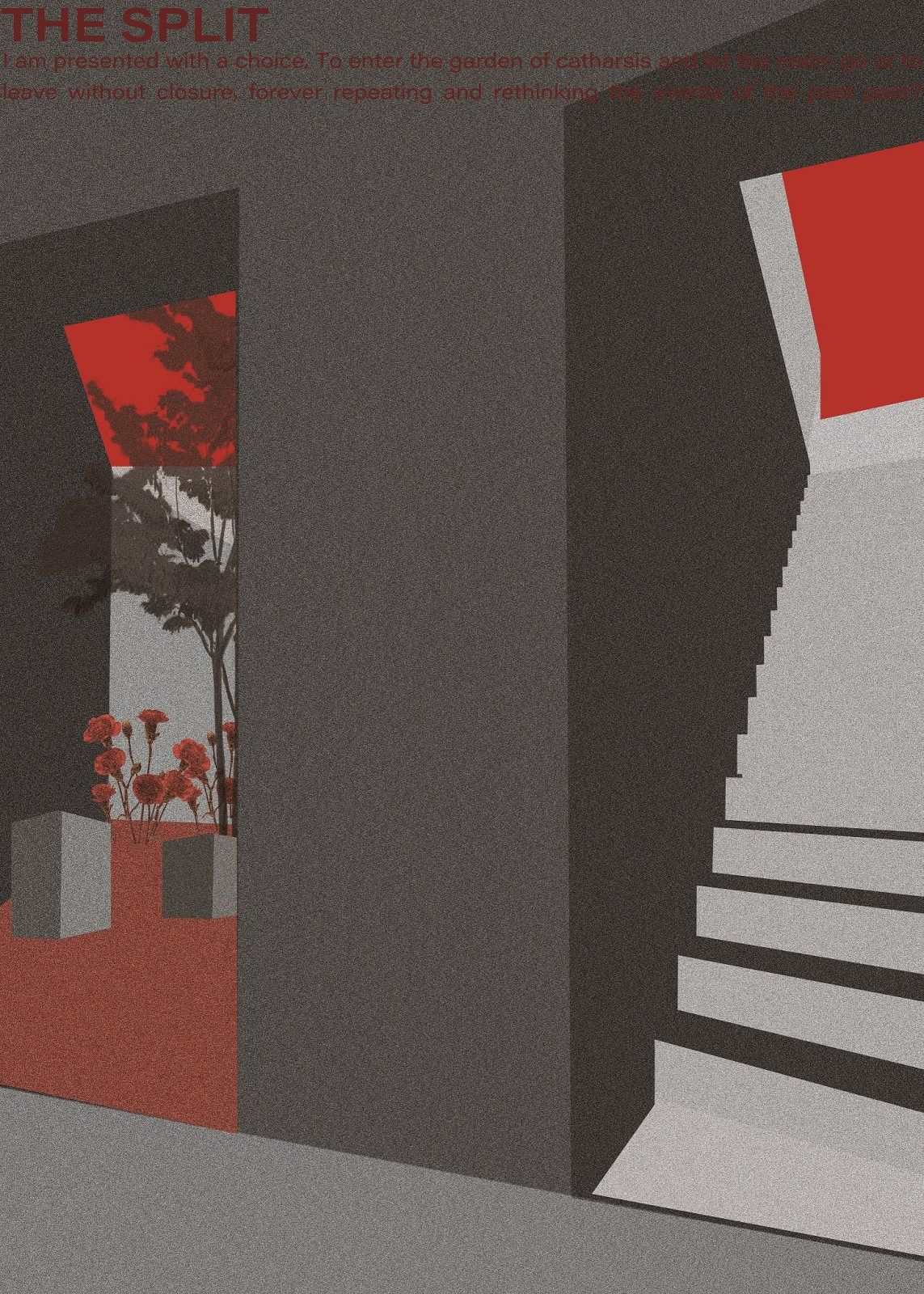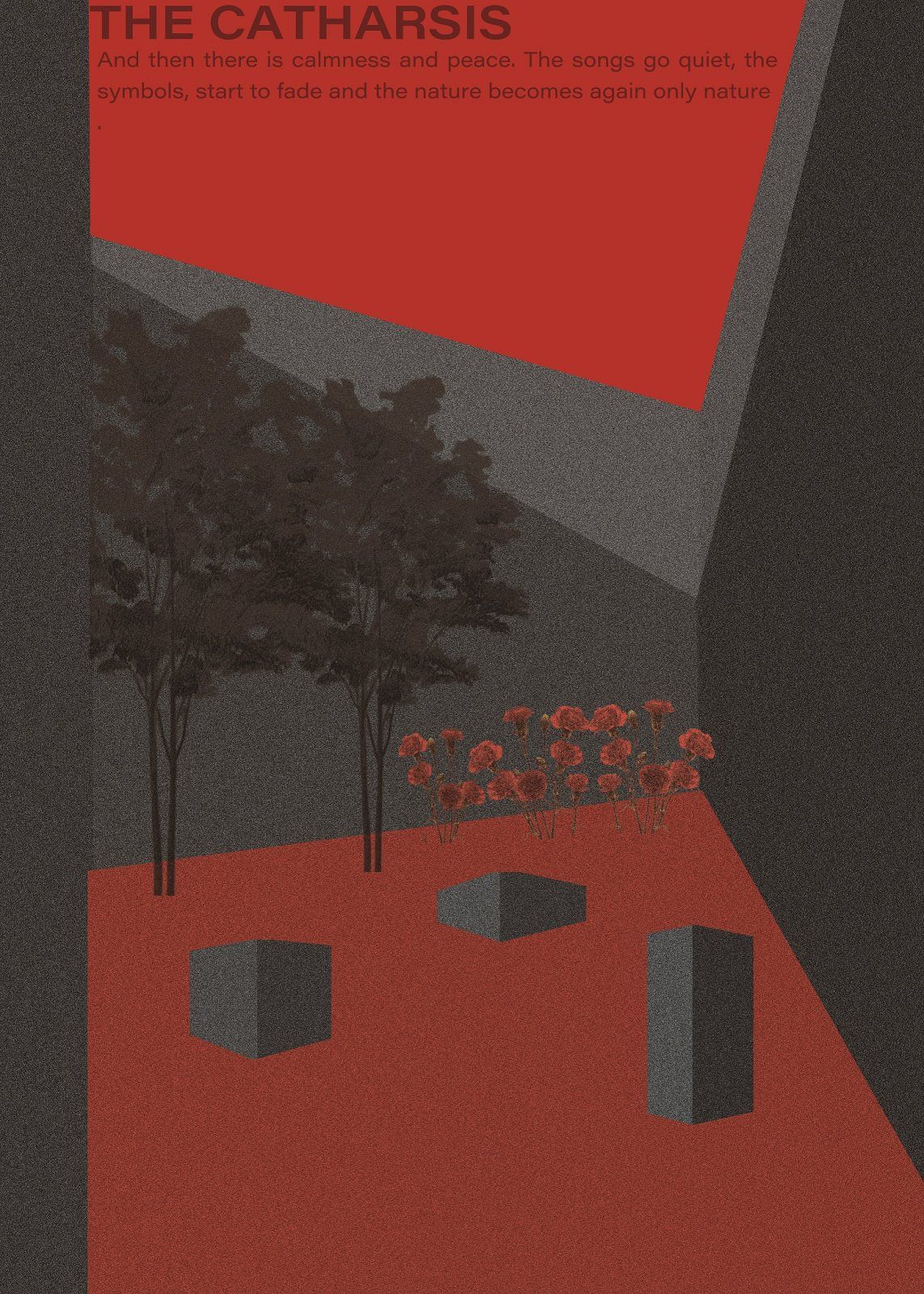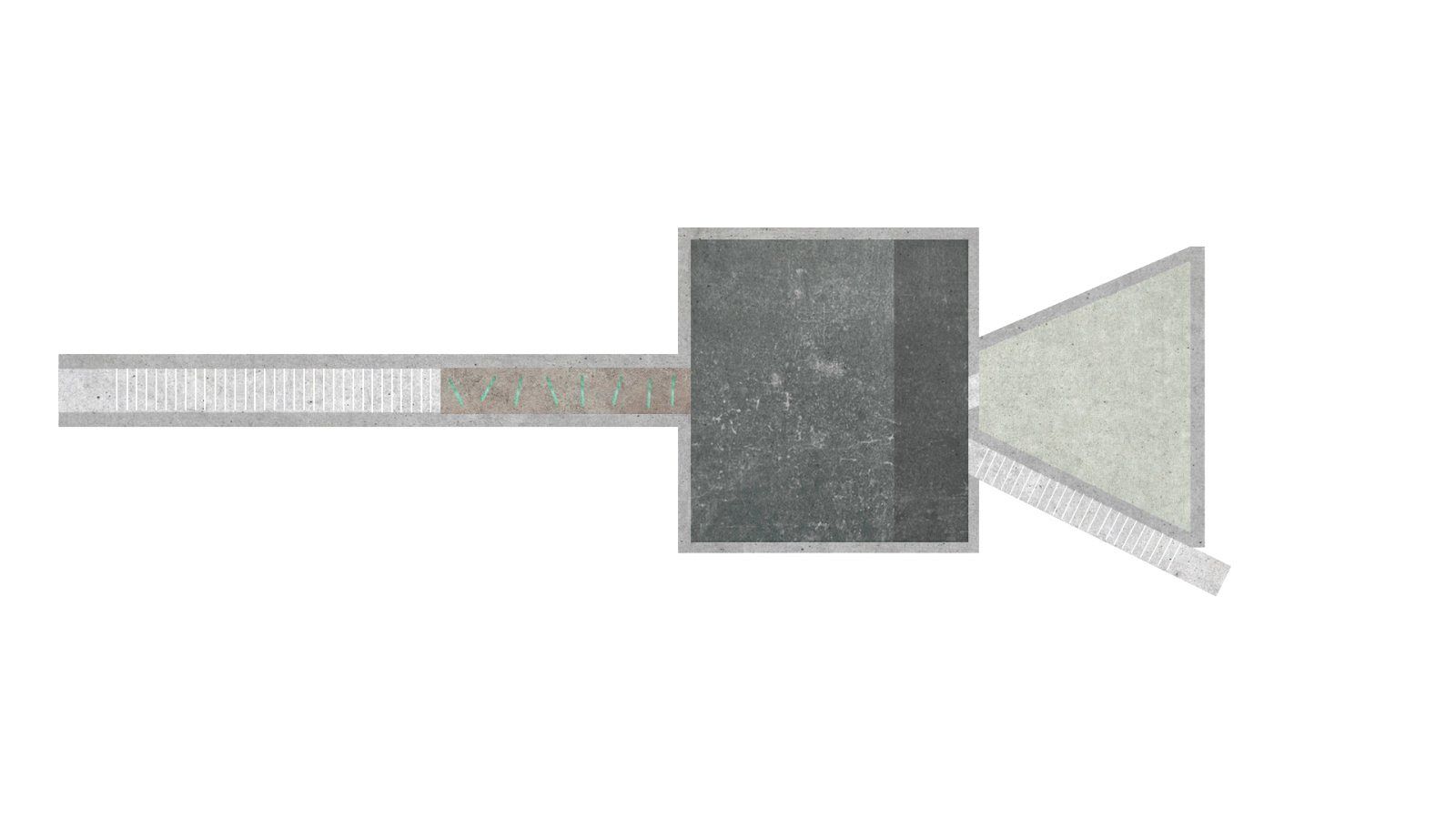
I am interested in the poetics of architecture and objects. I am curious by intuitive design and material processes. I am interested in the analysis of power and symbolism appearing in architecture and the formation of the abstract realm of space. I am intrigued by the utopias and dystopias that shape us and our perception of the every day space.
The Unfinished Story?
Under the Skin of the Nation
How can a space based on mere speculation, sink into people's hearts and never leave?
It merely lingers and shapes further with the following generations. Shaping an image of a place, that never managed to exist fully. What happens when promises of a utopian world suddenly end?
The Unfinished Story is a study on power, architecture, identity, collective memory, ideological abstract space– a deconstruction of the stage of the Yugoslavian realm.
After the end of Yugoslavia, we have created a new one, an old one and many of them simultaneously. They linger in our stories, memories, conflicts and dreams, through objects, buildings, ritual, songs and countless things…
An underground monument, leading the visitor through the stages of the realms of (Ex)Yugoslavia. Each room, representing experiences in the collective identity. The Appeal, the journey, the contribution, the memory, the split and the catharsis. Each visitor with a view of their own.
Each concept, translated into an ultimate architectural experience, helping the to visitor get lost and found at the same time.
Exhibited is the section of the monument, designed to embody a journey through the experiences. The monument is positioned under the Square of Republic in Ljubljana, Slovenia- under an area most charged with symbols of the collective identity (now and before). Materialized in the model are the rhythmic staircase, copper doors where visitors leave a trace with their touch of material and by sliding them through the earth, and the cylinder of Yugonostalgia, memory and idealization. Surrounding the model, abstracted posters show a narrative and experience through the spatial sequence in the model. The posters are inspired by the retro Travel posters of Ex-Yugoslavia.







THE ORGANIZATION OF POWER THROUGH ARCHITECTURE AND THE CREATION OF ABSTRACT SPACES INFLUENCED BY IDEOLOGY
Thesis
I am surrounded by vast emptiness. The clad path stretches all around me and I see no end to it. There is such an uncanny feeling but I cannot put my finger on it. Perhaps it is my back being surrounded by nothingness, or the echo produced by every step I take. I can feel the weight of a gaze, my every move, being observed.
I must have lost track of time.
As I try to observe my surroundings, I notice that the sun is setting and a building is revealed in front of me. Its shadows are getting longer and longer, casting over me, consuming me. It feels almost as if the floor trembles, trying to contain its magnitude.
As I try to look upon it, I feel as if it has no end. As a giant, it is stretching through the skies, piercing through the clouds so high that only the rare ones can reach its top and perhaps collect the golden eggs that await there.
When I think back of the place of my belonging, the first things I think of are the buildings. There is a lot of new architecture, mixing with the traditional, but one type of architecture stays prevalent. The organized, green surroundings, the way the parks are arranged, the pathways, and the underpasses. The old socialist buildings, the concrete giants and the ‘’spomeniks’’ that are now just present as a reminder of a country that doesn’t exist anymore. Waiting and yearning for their stories to be heard. And for some, they are the constant whispers of the collective identity they once were maintaining.
In Yugoslavian time, the identity was more clear. No matter what stance one would take, viewing the Yugoslavian times, everyone would agree that a sense of identity was maintained but a feel of power was alway s present. The expression of the ideology was carefully manufactured. With the use of architecture as a tool of expression, the scape was created.
The memory is a powerful tool as it k eeps the utopia alive in an abstract surrounding. And you start to reimagine the architecture by what it was and what it could have been. Stretching it beyond and creating spaces of ‘’What ifs ’’.
Nowadays the rules of expression of power, oppression, collective identity are harder to read. It seems as if we live in an era with no clear definition. In the areas where ‘democracy’ is in place, the obvious expression of ideology is almost invisible. With the development of technology and the internet, manipulation and filters and quicker spread of news, propaganda, there seems to be no more need for the giants and the theatre. The tools of power are present more quietly. It is harder than ever to recogniz e the ‘’Panopticon society’’.
I wonder, what is the consequence after living in a very (pre)organized society, with a clear set of rules and the aftermath of the disintegration. As through all the mediums the power is expressed and is building a clear identity. What happens with that identity further on? What are the elements that still maintain the phenomena of what started with Yugonostalgia but became something else in the process.
Now, wiith no strict regimes being in place and the world being run by capitalism, is ideology still expressed? Do architecture and space still play a role? Is there still a kind of alternative reality happening now and is it fueled by either escapism, mystery, memory?
In order to better explain the creation of this abstract realm, elements of power have to be understood. Afterwards, the elements that build the abstract realm – construct its stage, afterwards the realm is in motion.